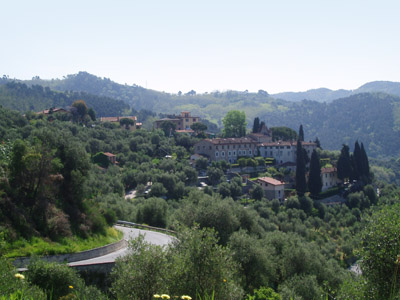
Forgotten treasures of Lucca
Some Grapevine readers may have seen the recent exhibition in Lucca, “Lucca abbandonata, Lucca ritrovata” feauturing stunning black and white photographs of over 60 significant buildings in and around Lucca which have fallen into disuse and are lying empty.
Now the exhibition organisers wanted to draw attention to the wealth of history contained in these buildings and their potential to play a role in the life of the city again.
Some of the buildings are well-known the Mercato del Carmine, the ex Manifattura Tabacchi, most less so. A few have already been restored the churches of the Suffragio and San Girolamo, both now used for concerts, the former Banca d’Italia in Via Mordini, now converted into apartments, and the Villa Niemack, as featured in our March issue. In other cases restoration in under way the Caffè delle Mura, for example. But for the most part these building lie wating for a new life, many in a serious state of deterioration.
The catalogue will be of interest to anyone who loves Lucca and its buildings, or who has ever wondered about the history of a particular abandoned building. 250 pages in a manageable paperback, crammed with fashinating photographs and a short history in Italian of each building. Some of the photographs can also be seen on www.flickr.com/luccabbandonata.
The promoters of the exhibition and the catalogue, CasaPound Italia and Associazione Culturale epsilon are to be congratuled on drawing this heritage to the attention of a wider audience, as indeed is the city of Lucca for its support. let’s hope their initiative succeeds in saving some of these treasures.
The catalogue is on sale at Lorenzini newsagents, Via Fillungo; Il Collezionista bookshop, Piazza San Giusto.




